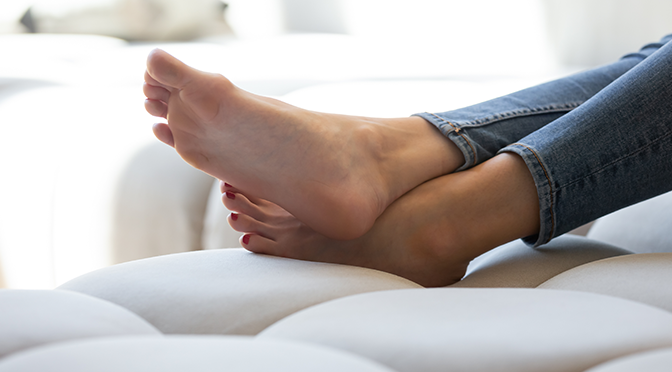Actually, I wanted to write something about different foot shapes for a long time. Somehow I found that then again completely unimportant. Who is interested in whether he has a Celtic, a Greek or an Egyptian foot?
Until I came across the novel “The fault is in our stars” by John Green. Hazel, the protagonist, has cancer, thyroid cancer, which by now has also attacked her lungs. On her six-month birthday, she parades through the local mall with her friend Kaitlyn. I’ll quote here the key passage that made me change my mind:
We went to this shoe store. As we were shopping, Kaitlyn kept picking out all these open-toed flats for me and saying, “These would look cute on you,” which reminded me that Kaitlyn never wore open-toed shoes on account of how she hated her feet because she felt her second toes were too long, as if the second toe was a window into the soul or something. So when I pointed out a pair of sandals that would suit her skin tone, she was like, “Yeah, but…” the but being but they will expose my hideous second toes to the public.
John Green: The fault is in our stars
When I first read that passage, I thought, Damn, you really can suffer from anything. And I don’t mean that pejoratively. Kaitlyn has what’s called a Greek foot. One in three Europeans has a foot shape like that. But some people orient themselves to a norm that doesn’t even exist in this form. And suffer accordingly from what they consider not normal.
The most common is probably the Egyptian foot, in which the big toe protrudes the farthest forward, while the following toes are always a little shorter.
The Greek foot has a long second toe, while the further toes form a kind of staircase towards the outside. If the fourth toe and the little toe are also about the same length, we speak of a Celtic foot, a form that is still frequently found especially in northern Europe.
In addition, there is the Roman foot form, in which the big toe and the two following toes are the same length.
And then there is the Germanic foot, also called peasant foot or simply square foot by some. Here all the toes are more or less the same length.
If we take a look at the feet, which we are increasingly encountering again just in the summer, with regard to these fit forms, we will notice that in the meantime the forms rarely show themselves in their ideal, but have mixed up like pretty much everything in life. What does this mean? Pretty much anything is possible, but hardly any two people really have the same feet.
That’s because in addition to the length of the toes, there’s the question of how well they’re cared for, how bony or fleshy they are, how sinewy, and so on. Like our whole attitude toward our bodies, the question of how we relate to our feet is highly emotional. John Green has shown this beautifully in his novel.

